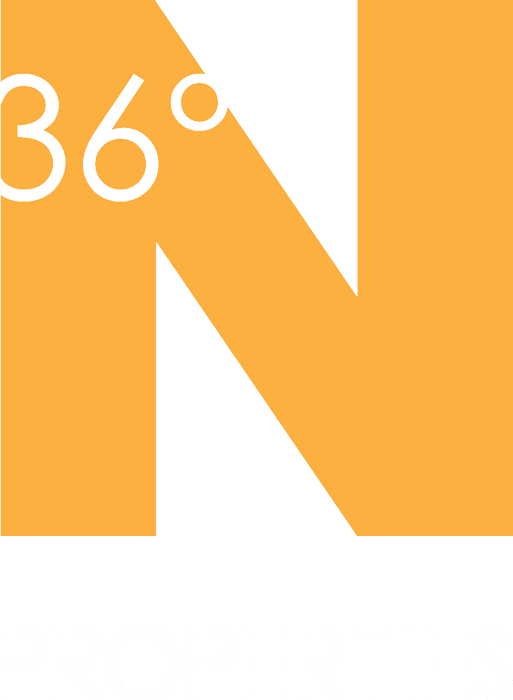
One of the most difficult thing to do when getting started with investing in rental properties is to determine what the monthly rent should be for your rental property.
Even though this process may seem difficult, it’s not impossible, especially when you follow these tips!
8 Considerations When Determining Rental Rates
- Where is it? Consider the walkability score of your rental property and the value it could provide to your tenants. Are you close to schools, shopping, restaurants, or public transportation? If so, you may have an opportunity to ask for a higher rent amount. You’ll also need to keep in mind the location, quality, and safety of the neighborhood or area in which your property is located. You could own a brand new, renovated rental property, but if it’s located in an undesirable neighborhood, it’s unlikely you will succeed with a higher than average rental rate.
- How big is it? The square footage of your property will be one of the top factors influencing your rental rate, similar to listing a home for sale. Tenants are going to consider the price per square foot to ensure the best bang for their buck. A property with a higher square footage is likely to be more desirable than a property with limited living space, even if both have the same number of bedrooms and bathrooms.
- What can you see? Take in the view from your rental property, and consider if tenants would find it desirable or not—especially if you are pricing units in a multi-unit property. Garden, city, or water views easily justify an increased rental rate. If your property has an alley view, looks directly into a neighbor’s property, or simply has no view at all, you might consider adjusting the rent appropriately.
- How much can you store? Amenities like extra closets, kitchen cabinets, garages, or sheds all raise the appeal and value of a rental property. If you have the option, consider offering some sort of storage opportunity to your tenants for an extra monthly fee.
- What’s included when it comes to appliances? Almost across the board, properties that include an in-unit washer and dryer will have a higher monthly rent. Other desirable appliances include a dishwasher, garbage disposal, microwave, and central air. If your property requires tenants to secure their own refrigerator, stove, or other appliance, consider setting rent at a lower rate.
- Is it up-to-date? Updated touches are the main factor that will set your rental property apart from comparable properties in the area. Fresh paint (interior and exterior), new flooring, modern appliances, and updated light fixtures will all make your property stand out from the competition and support a higher rental rate.
- What’s included when it comes to utilities? You do need to keep affiliated utilities in mind when setting your rental rates. If tenants will be on their own for all of their monthly bills, reflect this in your rent price. If you’ll pick up a few or all of the utilities every month, this should also be reflected in your monthly rate. Some tenants will prefer the ease of paying one bill every month with utilities included, even if it means paying more.
- How many “extras” do you offer? Amenities are truly what sets your property apart from others on the market. Offering things like internet or cable included in rent is a great way to attract tenants and potentially raise your rental rate. Other amenities tenants are willing to pay more for include fitness centers, pools, shared common areas, and outdoor features like barbecue areas or rooftop decks.
Source – Bigger Pockets
Contact 36 North Property Management
At 36 North Property Management we specialize in full service property management and can assist you with all of the services that you need including rent collection.
To learn more about the property management services we can offer you contact us today by clicking here.

